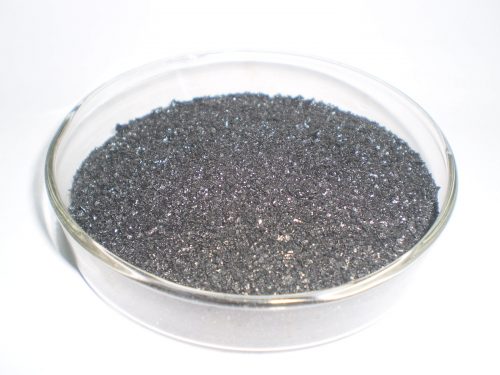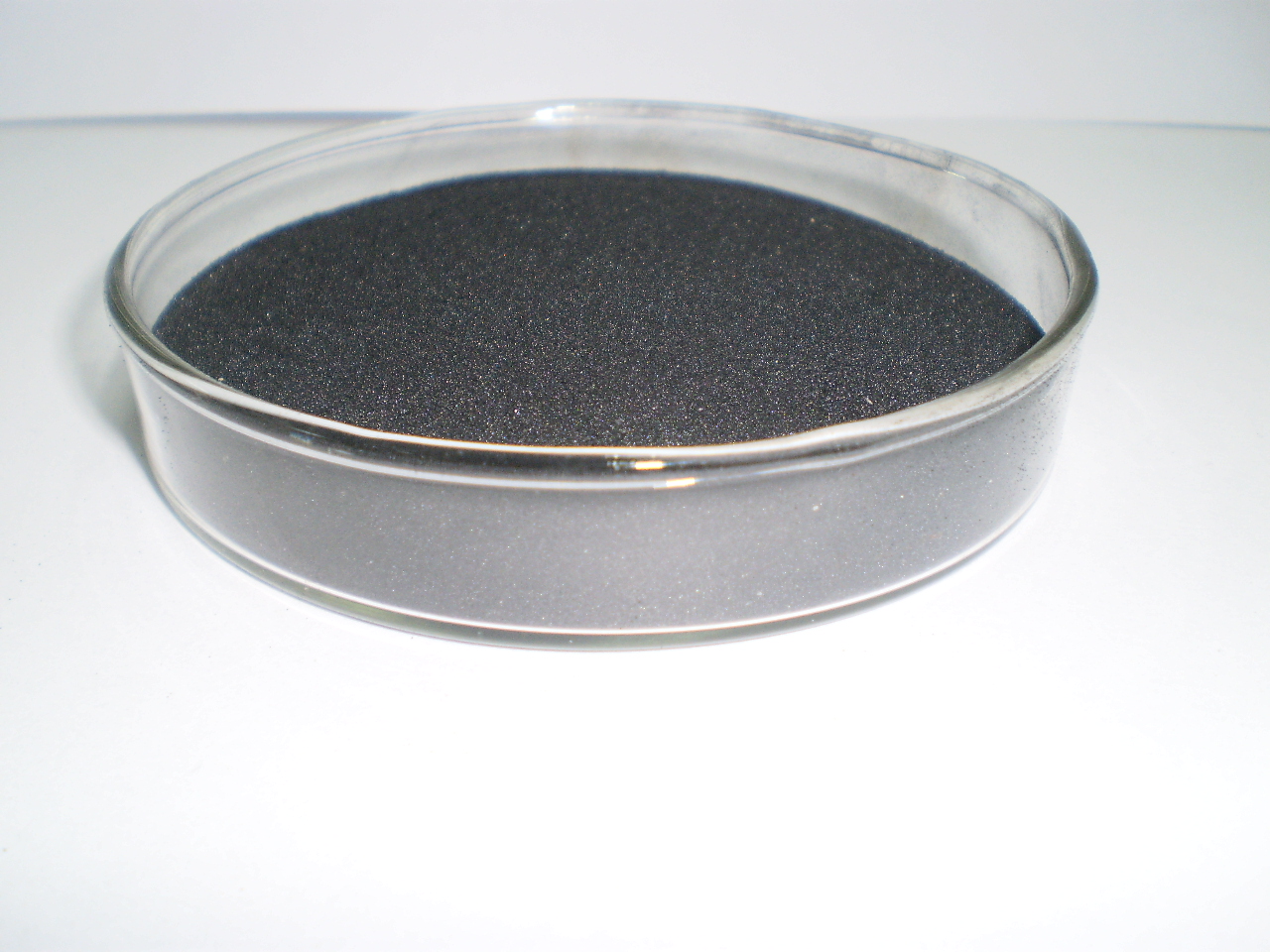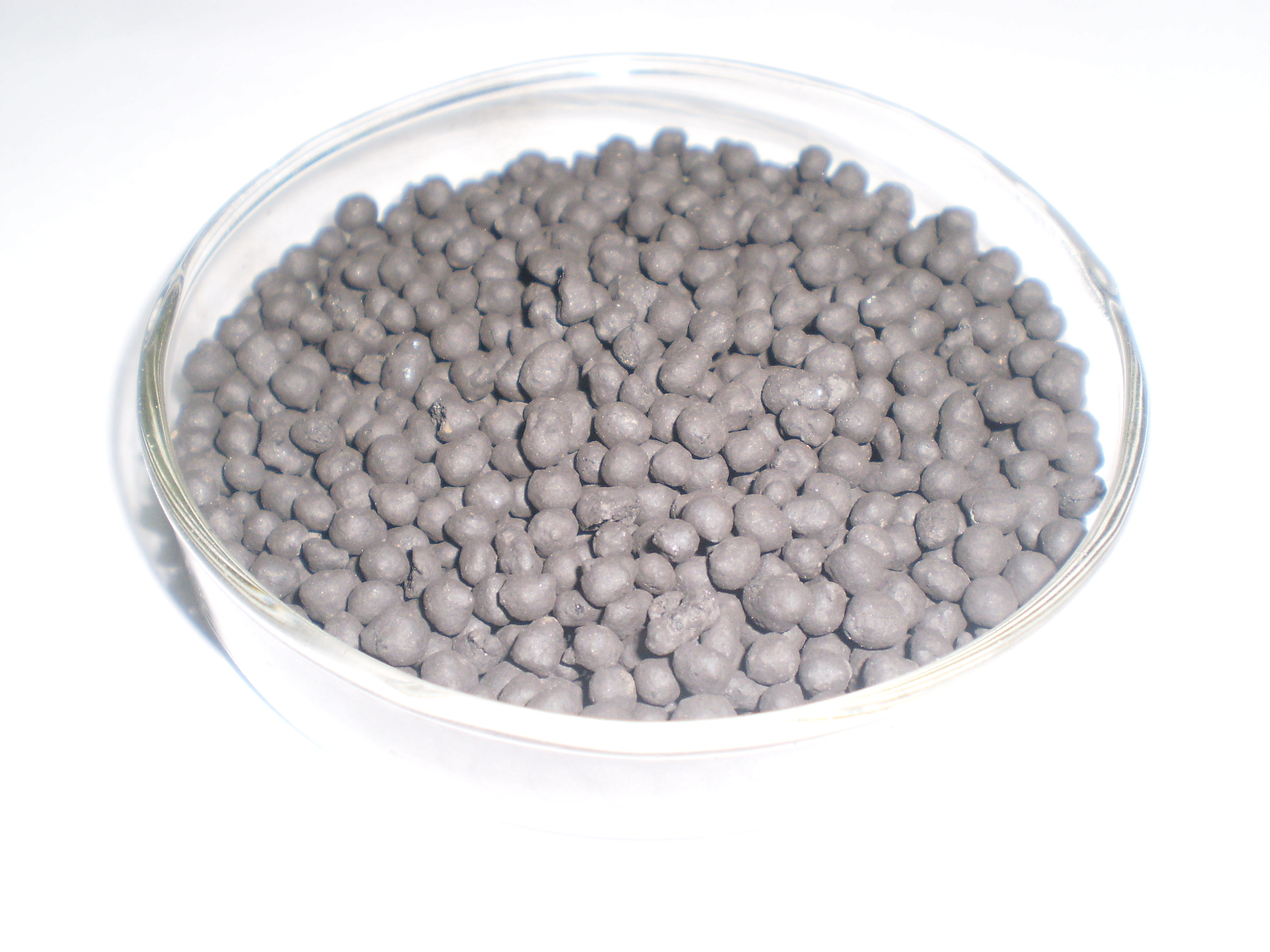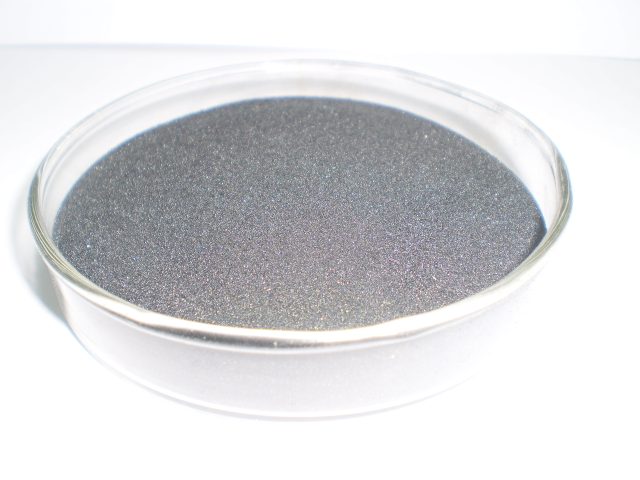On March 13, 2019, the Ministry of Agriculture and Rural Affairs issued a drug feed additive withdrawal plan (draft for comments), which means that in addition to traditional Chinese medicine, other drug feed additives will no longer be allowed to use the “medicine add word” number, only use ” Veterinary drug word.” For a time, various anti-zinc-killing products have sprung up like mushrooms. As a natural raw material that is natural and natural, and is not easily absorbed by the intestines, sodium humate has been gradually taken into account in the green and healthy breeding of livestock and poultry.
Sodium humate is a kind of macromolecular organic weak sodium salt with various functions, which is made from weathered coal, peat and lignite. It is non-toxic, odorless, non-corrosive and highly soluble in water. It is widely used. In the fields of agriculture, industry, medicine, etc., it was included in the Catalogue of Feed Materials on December 19, 2013, and it has the functions of convergence, anti-inflammatory and antidiarrheal;
sodium humate has both oxidative and reductive properties, and it can protect water and sodium in the intestine, and treat the problems of piglet diarrhea and sow constipation;
sodium humate enters the digestive tract and forms a colloidal substance that protects the digestive tract from harmful bacteria;
In the poultry feed, due to the astringent effect of sodium humate, the addition of water to the feed can solve the problem of poultry water and overfeed, and the adsorption of sodium humate also causes the ammonia smell to decrease after the chicken manure is discharged.
Due to the wide range of applications of sodium humate, the feed grade sodium humate products on the market are mixed. Beijing Carbon Source Power is a company that has been researching humic acid products for many years in China. Our products meet several quality indicators:
The survival and development of an enterprise cannot be separated from the innovation and development of products. With the development of the industry, the competitiveness of products has also increased. Beijing Carbon Source has been developing humic acid products for many years and has many achievements in the industry. And patents, we continuously improve the quality of products, processing technology, and environmental protection to enhance the competitiveness of products.
As a raw material taken from nature, sodium humate can not only be used as an anti-inflammatory, astringent and anti-diarrheal effect, but also discharged into the soil as a fertilizer, so it is not only in line with the national environmental protection. Requirements, and the country’s policy on ban on zinc reduction is becoming more and more strict, the advantage of sodium humate will also become increasingly prominent, and sodium humate will become the star of the road against zinc reduction.






